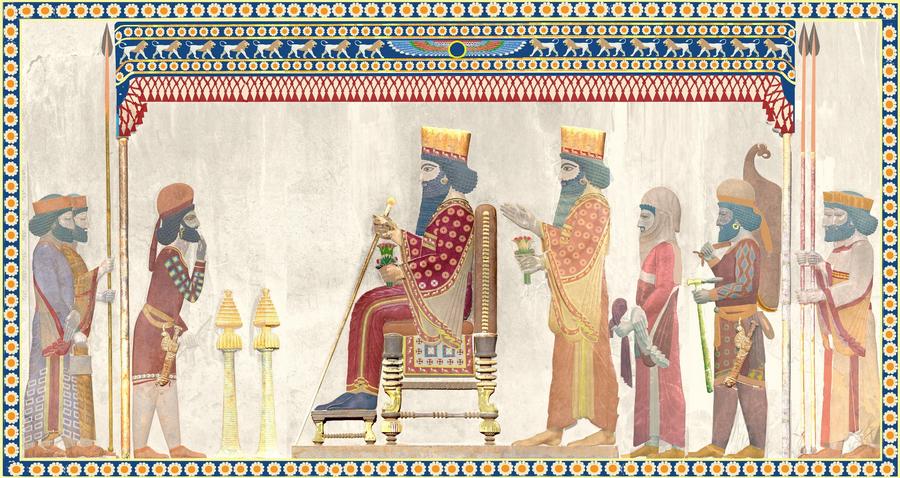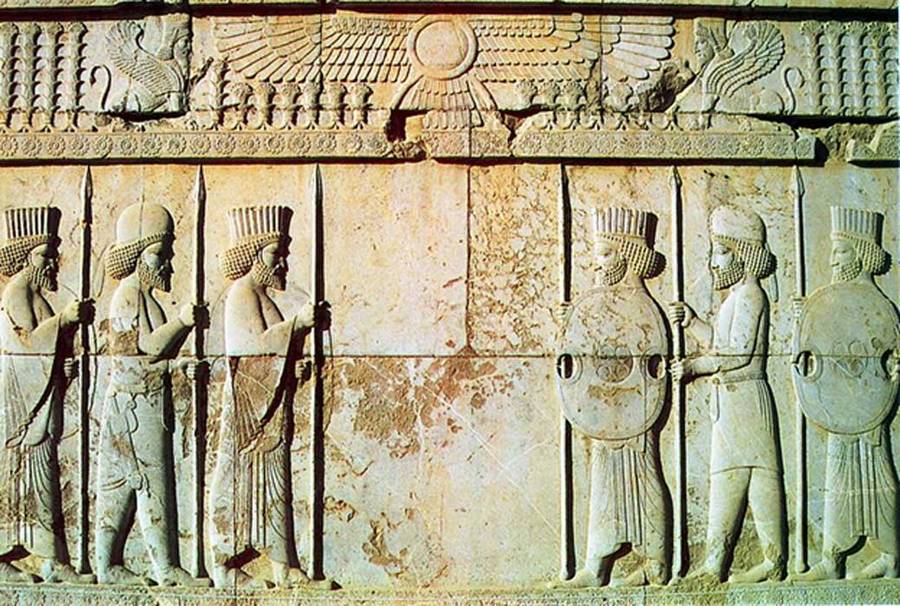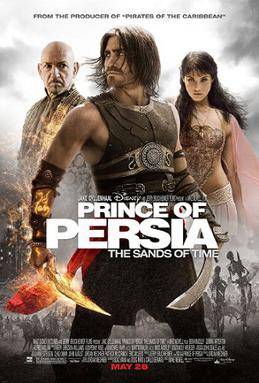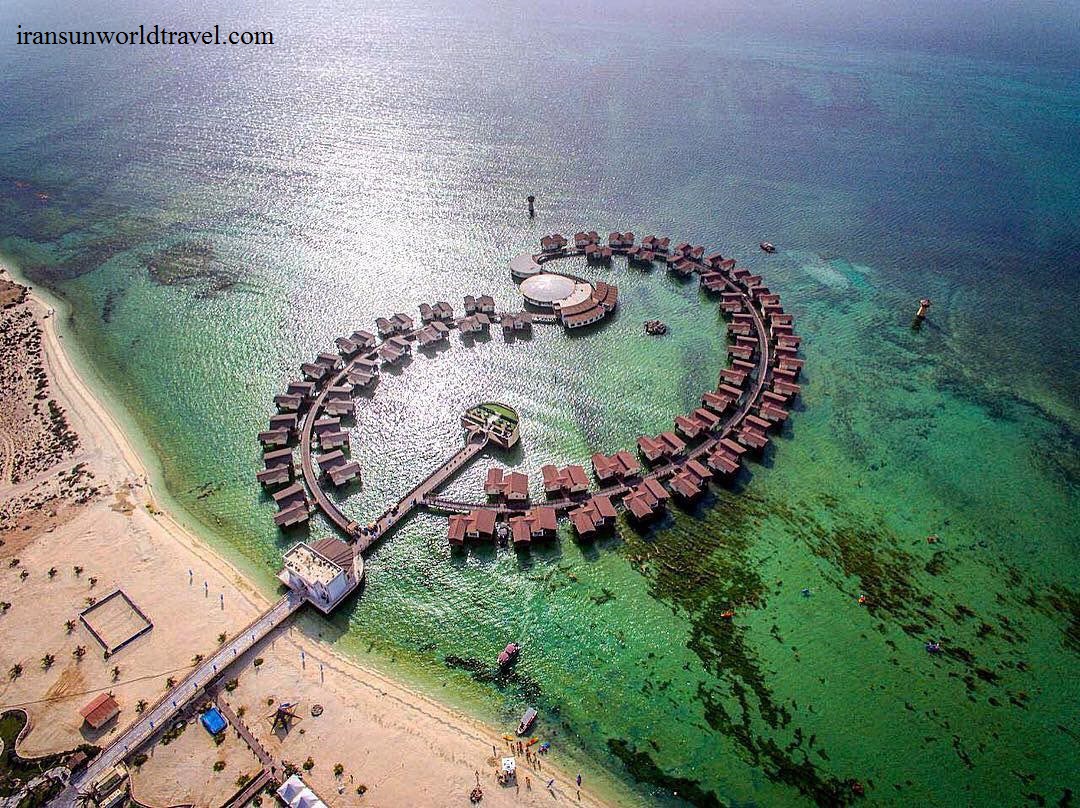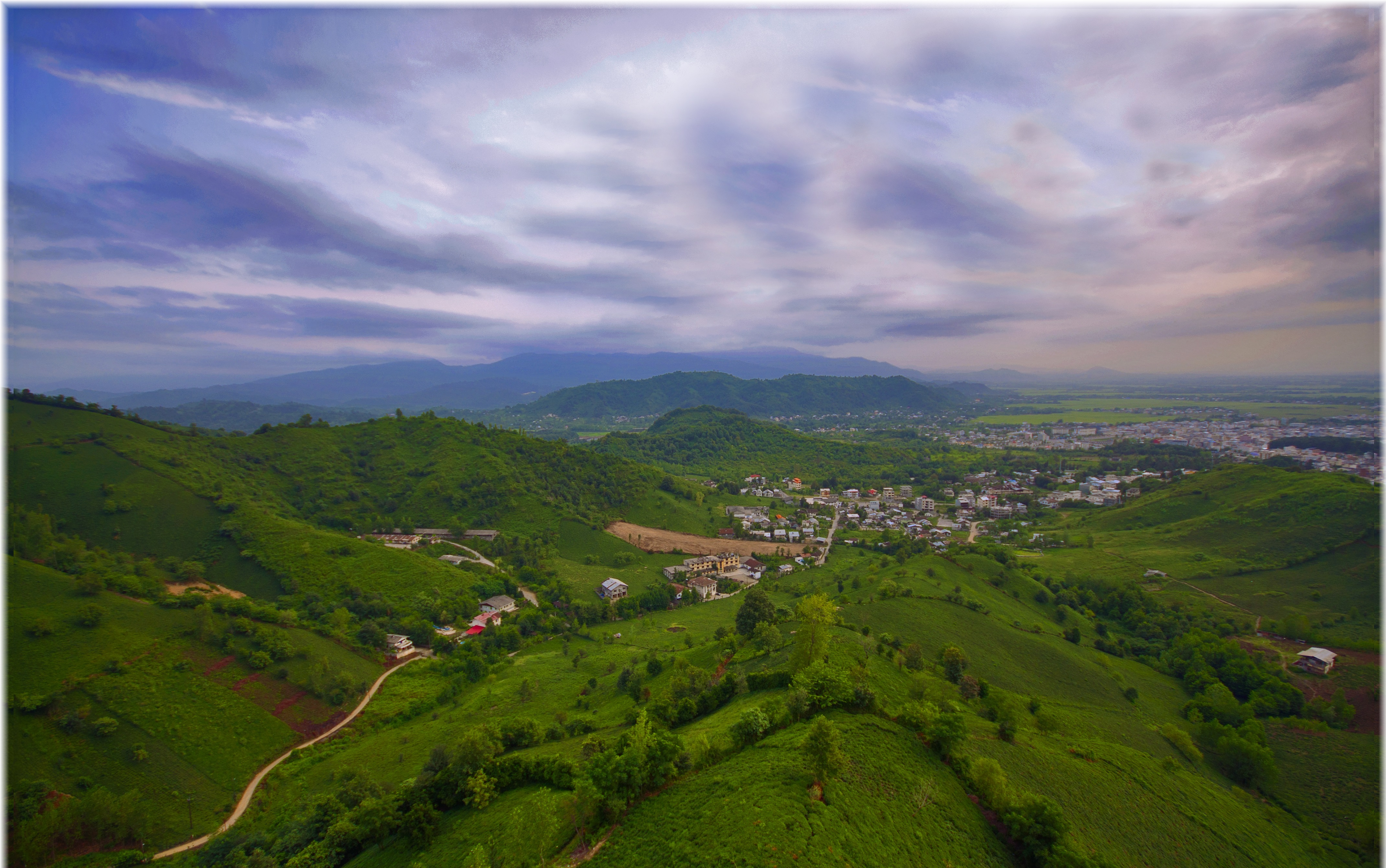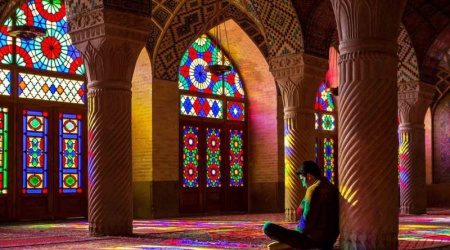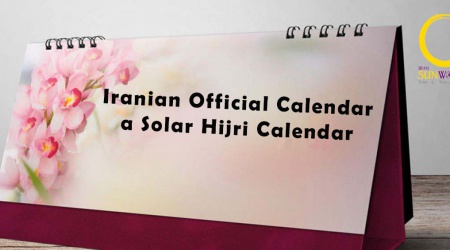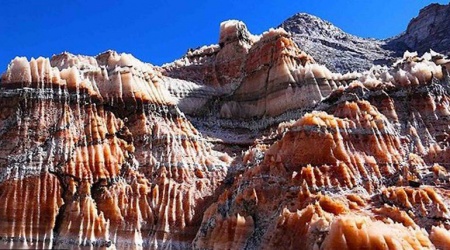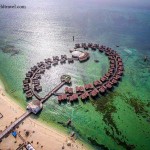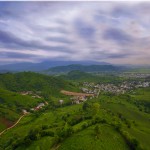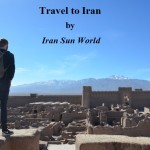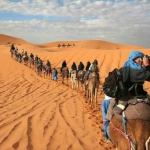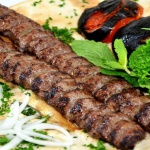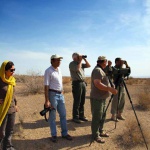Ancient Persia
The empire of Persia founded during the Achaemenid dynasty (550_330 BC) was the largest empire in the whole history up to now; which contained half of the world population at that time. The Achaemenid rulers governed over more than 28 nations in three continents, from China to the Mediterranean Sea containing Egypt, Balkans, and Eastern Europe, Athena and some other parts of Greece, Turkey, Iraq, Syria, Caucasus, and all-around middle Asia.
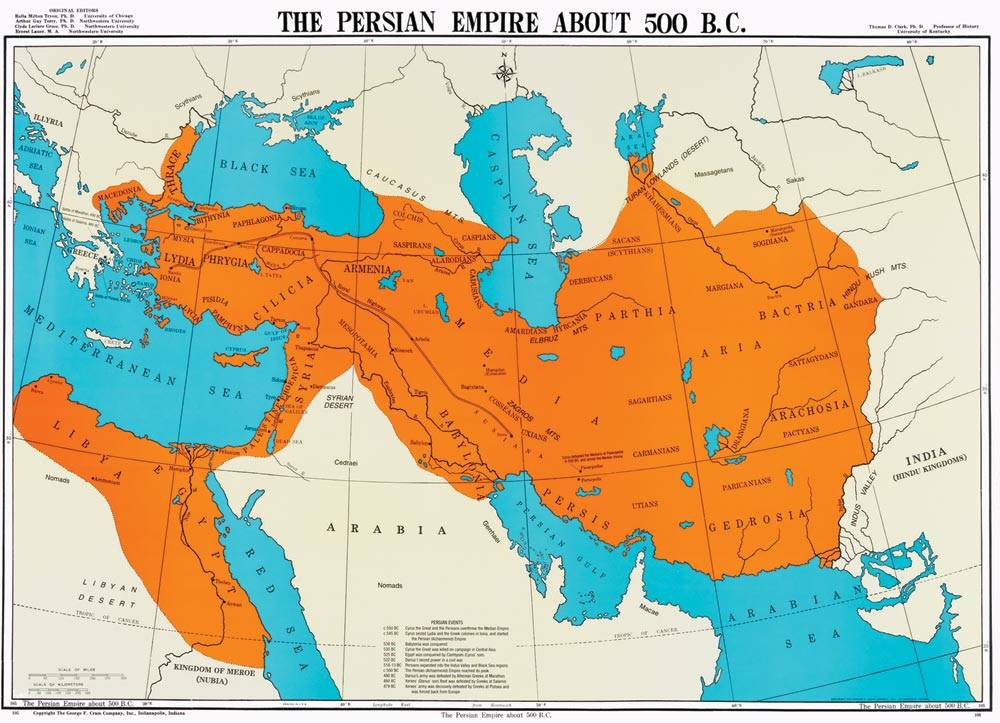
Thus they had a great influence on these three continents. The historical mark of the empire went far beyond its territorial and military influences and included cultural, social, technological and religious influences as well. Many Athenians adopted Achaemenid customs in their daily lives in a reciprocal cultural exchange [Wikipedia].
Persian successful model of a centralized, bureaucratic administration over a very vast empire in a rather righteous manner, building infrastructures such as developed road systems, the first postal system in the world, advanced world trade mechanisms, the use of an official language across vast territories, invention of complicated water systems, food storage systems in large amounts, development of civil services and welfares, the first treasury system in its type with such large scales and a large professional army are some notable achievements in ancient Persia. The empire’s successes inspired similar systems in later empires.
“It’s the richest city under the sun” Alexander the Great said about Persepolis (capital of Persia) under the impact of glory and greatness of the city when he entered it for the first time. [history today magazine]
Persia was the only rival for Rome Empire at the Roman’s golden time. Persians stopped Romans advancing in Asia, even they captured the Roman Emperor (Valerian the Elder) and moved him to Persia.
Ancient Persia in Stories and Tales
When European merchants came to the cities of Persia they encountered rich and fabulous cities with advancing systems they have never seen before. Hence legends and tales for ancient Persia came out.
“Prince of Persia”, “Aladdin and the Wonderful Lamp”, “Ali Baba and the forty thieves” and ”Voyages of Sinbad the Sailor” are good examples for this kind of tales depict Persian cities with mysterious and glamorous palaces and a crowded bazaar _full of wondering goodies_ in the city who rich merchants were dealing in.
“Aladdin and the Wonderful Lamp” and “Ali Baba and the forty thieves” are two old stories mentioned in the book of One Thousand and One Nights for the first time.
“One Thousand and One Nights” is a very old Persian book that was translated to Arabic later and then to European languages. This book is a collection of folk tales and fables narrated by a Persian queen to her majesty within a frame story. Some tales were changed through translations (especially in Arabic one) and some were added but the frame story was unchanged and depicted Persian thoughts, culture, hopes, and dreams.
The book was translated to European languages for the first time by Antoine Galland (1704 – 1717) _a French orientalist and archaeologist_ from Arabic version thus many called this book “Arabian Nights” but in fact, the main story and most of the tales are purely Persian and you can find strong Persian cultural and intellectual traces in them. The translated book exerted a significant influence on subsequent European literature and attitudes to the Islamic world.
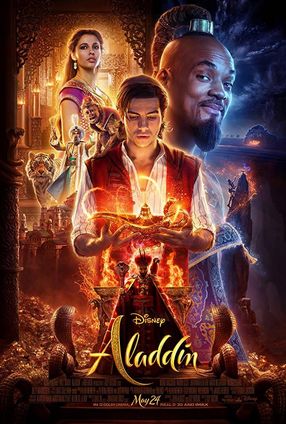
Aladdin and the Magic Lamp is a very old story full of supernatural powers, magic, love and affections and human aspects. These are strong motives were used widely in Persian stories. This story was filmed twice by Walt Disney Pictures. The first one was a fantasy animation in 1992 directed by Ron Clements and John Musker and the second time it was a musical fantasy movie in 2019 directed by Guy Ritchie and casting by Will Smith, Naomi Scott, Mena Massoud, and Navid Negahban.
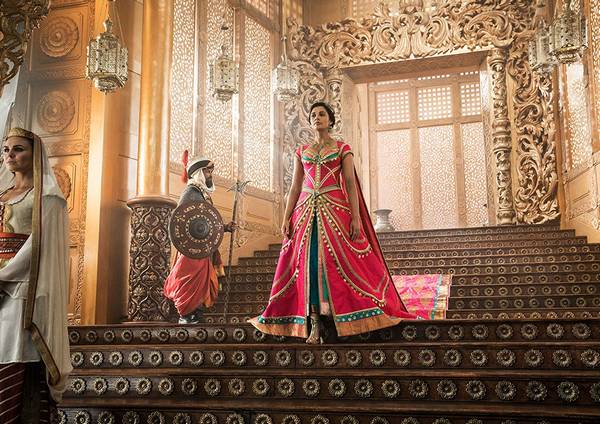
Prince of Persia -The Sands of Time, is another American action fantasy movie directed by Mike Newell and released again by Walt Disney Pictures. This film depicts humanity, cleverness, loyalty, and power of love in mysterious ancient Persia. In fact, the story of this movie is a combination of some ancient Persian myths and the mysterious history of Assassins and Alamut castle (around 1100 AD). The director has mixed the cultural aspects of Persia with Arabian ones. Arabian architecture with intricate use of geometric shapes and domes are shown. The cities in the movie all appear to have minarets. In spite of these mistakes, this film shows the Western imagination of glorious Persia.
“Ali Baba and the forty thieves” is another old story happening in Baghdad the city of wealth, power and mystery in ancient times. In fact, Baghdad belonged to Persia empire for a long time (more than 1000 years) before Arabs raids, even the name “Baghdad” is a pure Persian word (“Bagh” means God and “dad” means given or gift in old Persian, they called the city “a gift from God” because of its situation, wealth and resources).
Influence of Persians on Islamic civilization
After the Islamic conquest of Persia, Iranian elites and scientists have played a very important role in making the golden Islamic era. Most of Muslim scientists and philosophers were from Persia and in the politic, most of the important positions were occupied by Persians. Arab rulers used to choose their consultants from Persian elites because of their experiences in politics and governing. Many emerging sciences, inventions, discoveries and revolutionary books came out by Persian scientists and philosophers and then were translated into European languages, sciences, and books such as algebra, chemistry, new astronomy, Avicenna’s books in medicine and etc.
You will feel the glory of Persia when you stand against the glamorous castles, monuments and fabulous relics and ruins of ancient cities; from Persepolis relics to Rudkhan castle. There are lots of marvelous temples, castles, palaces, and buildings in Iran that narrate the ancient histories and mysteries.
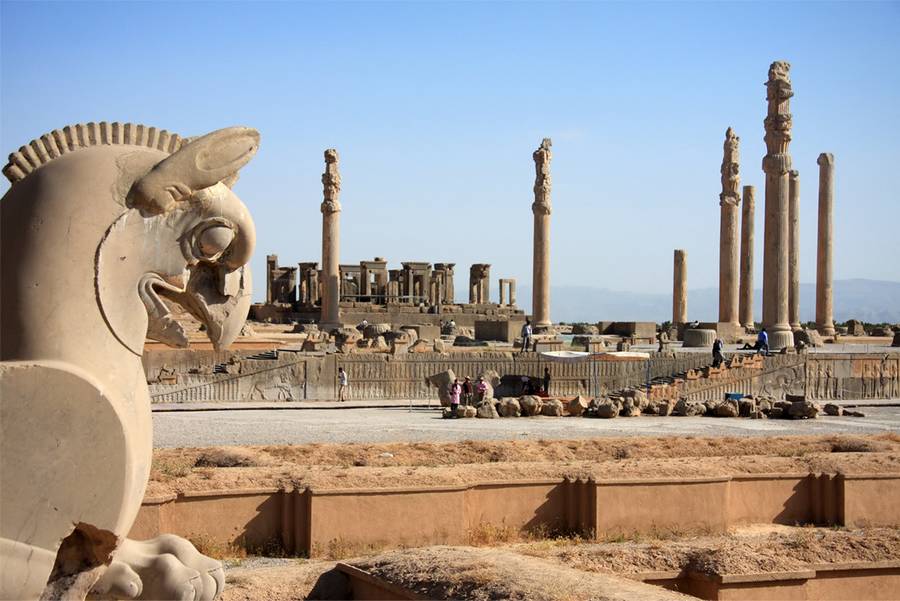
We invite you to visit Iran and figure out the glory of the largest empire in the world and the fall and down of kings with our historical tours.
